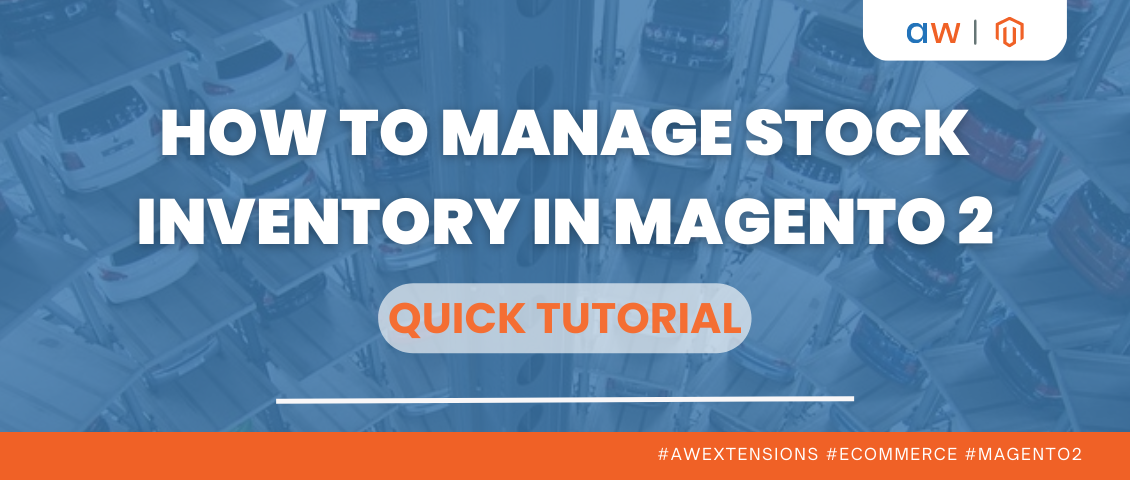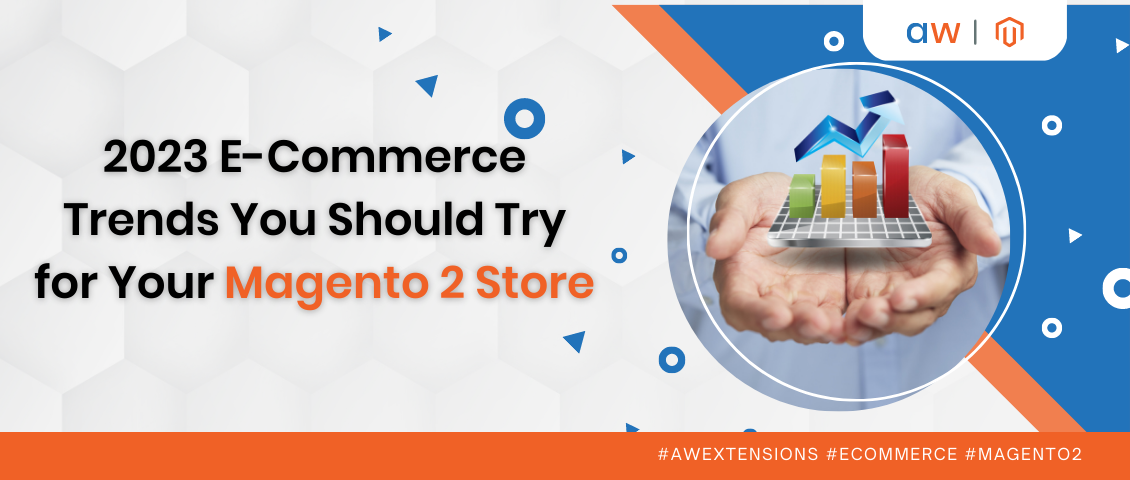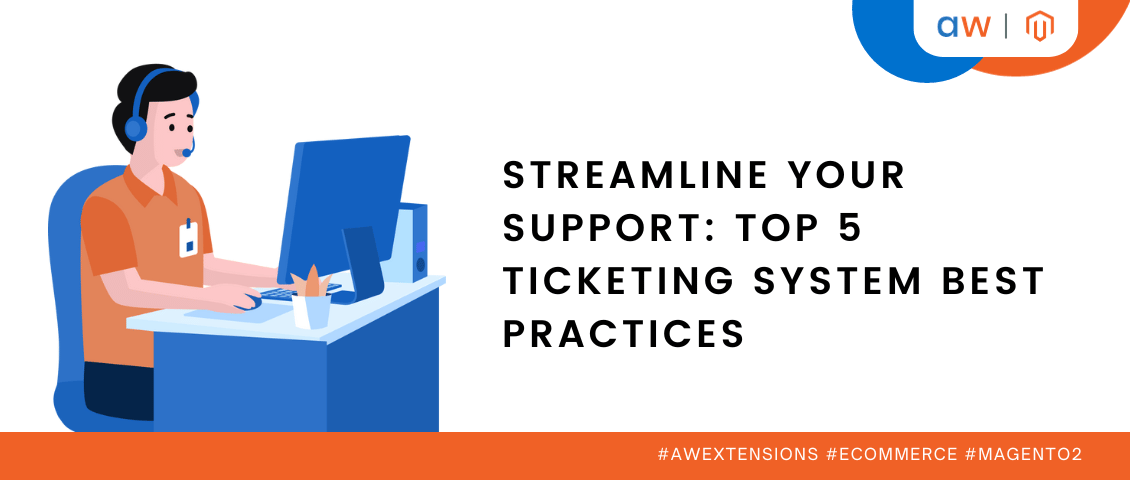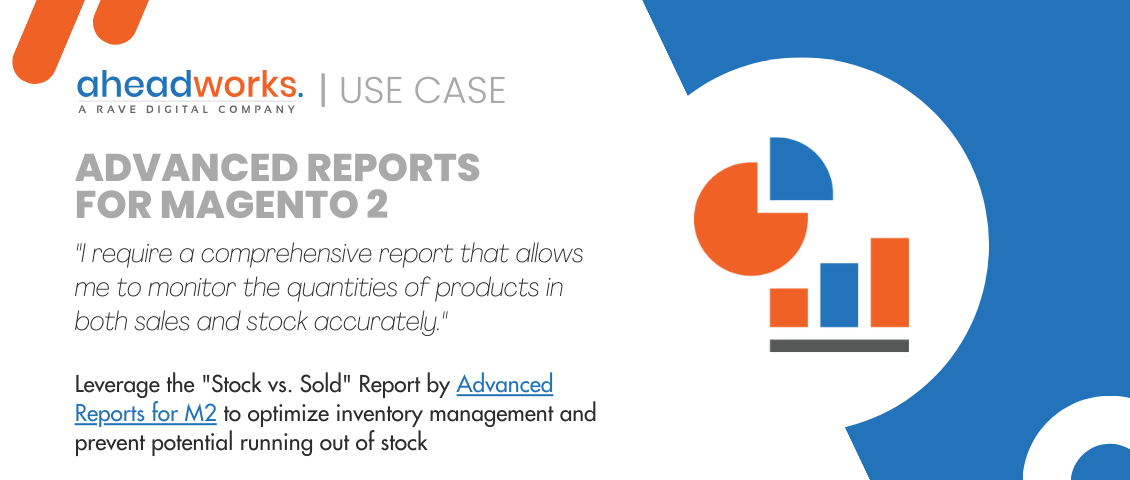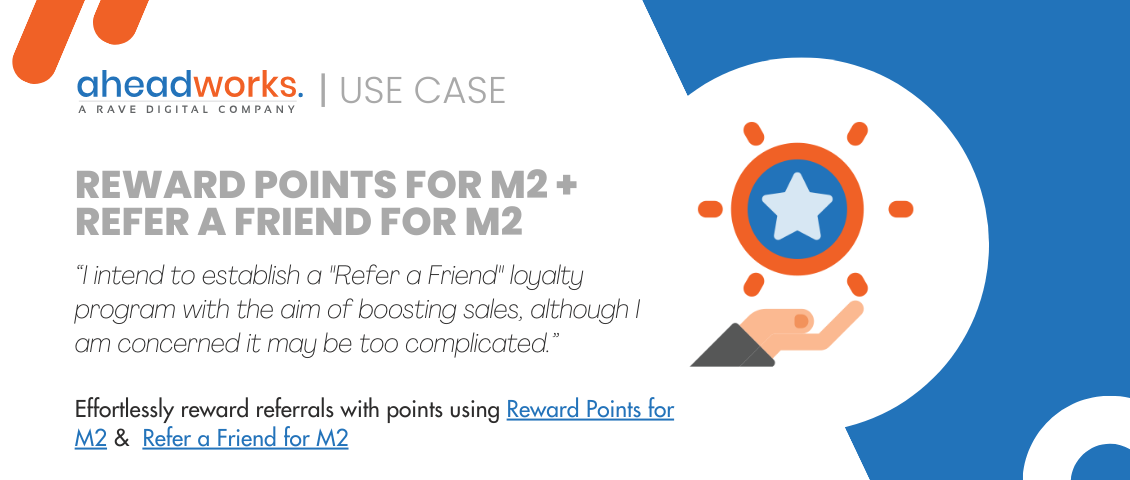Development Directions of Main E-commerce Platforms. Where and Why.
Categorized as : Ecommerce
Early this year we all make plans for the future.
In order to synchronize our own goals with current ecommerce trends and technological innovations we’d definitely like to find out, what functionality we can get from leading ecommerce platforms.
Of course, the ideas for new features may come from different sources, including customers’ requests, competitive analysis, internal logic of the platform development, etc. Nevertheless, ecommerce platform providers, at least the biggest of them, should surely consider new commercial tendencies in their products and timely offer corresponding functionality to their customers.
The apparent consistency of our reasoning provided above let us presume that the new functionality added to the platforms in 2014 should have a lot in common. Still, the analysis reveals that in 2014 the development focus of leading ecommerce platforms was pointed towards considerably different areas of their products.
Magento and Shopify have most of all in common, as in 2014 they both concentrated on checkout and product improvements. However, the biggest Magento focus lies on security, while Shopify additionally developed payments and responsive design. It is also worth noting that Prestashop largely improved its installer for different customer groups.
Still, traditional areas like products, checkout, payments, and design are found in all revised platforms.
Of course, the maturity of a platform significantly define the functionality it currently enhances, but we can surely claim that most mentioned providers, nonetheless, follow the current market needs, including such as m-commerce and personalization.
Magento
Responsive Web Design
Last year responsive web design was one of the major tendencies for many ecommerce platforms and Magento is not an exception. In its 1.9.0.0 version Magento presented a default responsive theme and provided users with an opportunity to create responsive sites much faster than ever before. Exploiting several modern technologies, such as the SaSS/Compas pre-compiler, jQuery, and several additional JavaScript libraries, Magento allows its users fully participate in and embrace all the opportunities provided by the first growing mobile commerce space.
Checkout Improvements
The Magento checkout improvements, mentioned in the table above, include AJAX-based mini shopping cart refreshments, the new “Bill me later” payment option, and some PayPal express checkout refinements.
Shopify
Responsive Checkout
Lately last year Shopify introduced their Responsive Checkout, which provides customers with a new experience much more effective and frictionless. It was the end of about a year-long process with multiple tests and research on how people buy online.
Bitcoins + Coinbase
For the first time Shopify announced the opportunity to accept bitcoins a year ago, late in 2013. At the end of 2014 they also integrated it with the international bitcoin wallet - Coinbase. So, today Shopify store owners can provide their customers with an opportunity to check out with world digital currency and feel safe about their transactions, as the process meets the highest standards of ecommerce security.
PrestaShop
Improved Personalization
We also found a very interesting fact regarding the PrestaShop functionality, which is in line with most recent ecommerce trends, in particular personalization. On December 2, 2014 PrestaShop partnered with Nosto, one of the first-growing personalization solutions in Europe. This mutual integration allows PrestaShop store owners to benefit from personalized product recommendations, targeted emails, and real-time analytics based on every end customer unique purchase behavior.
This way, most leading ecommerce platforms keep up with the latest online commerce trends and widely implement the best examples of high-end functionality for mobile users, provide their merchants with responsive themes, allow them to deliver personally targeted offers, and embody the multichannel shopping experience.
Magento 2
The long-awaited Magento 2.0 Dev Beta was released in mid-December last year. Magento 2 contains numerous technological enhancements and is actually a new ecommerce solution, rather than an update. It supports PHP 5.5 or PHP 5.4 (actually 5.4.11 or later) and MySQL 5.6 as minimum requirements; its responsive themes are based on HTML 5, and it uses jQuery as a primary JavaScript library. The modular architecture combined with service contracts allows merchants to easily upgrade their Magento and guarantees the compatibility among Magento versions.
Still, this version is in Beta and it will take quite a long time we can benefit from the final release, as Magento 2.0 Merchant GA is planned for the end of this year.
Shopify Steps Offline
Despite the information regarding the near plans of Shopify is pretty scarce, we can assume with certain confidence that it will continue to further integrate their online and offline commerce solutions and devices in order to provide their clients an ultimate tool able to handle both ecommerce and physical stores.
The proclaimed intention of the company is to remove the gap between online and offline retail and allow merchants to accept payments and serve customers on-the-go everywhere they ask for it. This makes Shopify a truly ready-for-use platform for small and medium multichannel retailers.
PrestaShop Cloud Solution
At the end of September 2014 PrestaShop launched their e-commerce cloud solution in Beta. Obviously, it is going to be a strong contender for Shopify, especially that it is absolutely free and possesses absolutely the same functionality as self-hosted stores.
There are no too many reviews of this solution online, but those existing ones are very optimistic and positive. So, we can definitely declare that we’ve got one more serious player within the ecommerce cloud solutions market.
WooCommerce Conferences
WooCommerce, a real breakthrough of the past 18 month in ecommerce, in their blog among the highest priorities declares the necessity to further develop the community, organize more connecting events, and provide better educational facilities.
Unlike functionality features, strategic plans of the revised ecommerce platforms are mostly motivated by the internal logic of their development and, likely, reflect their intention to find out some new market niches and succeed in competition. Even though the ways they choose to diversify their businesses and bring new customers differ greatly, the mentioned above ecommerce platforms are still very much in competition. So, time will show, which course was the wisest one.
Your comments on this post are much appreciated. Leave them below, please.
Subscribe to our RSS.
In order to synchronize our own goals with current ecommerce trends and technological innovations we’d definitely like to find out, what functionality we can get from leading ecommerce platforms.
Of course, the ideas for new features may come from different sources, including customers’ requests, competitive analysis, internal logic of the platform development, etc. Nevertheless, ecommerce platform providers, at least the biggest of them, should surely consider new commercial tendencies in their products and timely offer corresponding functionality to their customers.
2014 Features Overview
The apparent consistency of our reasoning provided above let us presume that the new functionality added to the platforms in 2014 should have a lot in common. Still, the analysis reveals that in 2014 the development focus of leading ecommerce platforms was pointed towards considerably different areas of their products.
Magento and Shopify have most of all in common, as in 2014 they both concentrated on checkout and product improvements. However, the biggest Magento focus lies on security, while Shopify additionally developed payments and responsive design. It is also worth noting that Prestashop largely improved its installer for different customer groups.
Still, traditional areas like products, checkout, payments, and design are found in all revised platforms.

Main Improved Areas by the Number of Features
Of course, the maturity of a platform significantly define the functionality it currently enhances, but we can surely claim that most mentioned providers, nonetheless, follow the current market needs, including such as m-commerce and personalization.
Most Interesting Features of the Last Year
Magento
Responsive Web Design
Last year responsive web design was one of the major tendencies for many ecommerce platforms and Magento is not an exception. In its 1.9.0.0 version Magento presented a default responsive theme and provided users with an opportunity to create responsive sites much faster than ever before. Exploiting several modern technologies, such as the SaSS/Compas pre-compiler, jQuery, and several additional JavaScript libraries, Magento allows its users fully participate in and embrace all the opportunities provided by the first growing mobile commerce space.
Checkout Improvements
The Magento checkout improvements, mentioned in the table above, include AJAX-based mini shopping cart refreshments, the new “Bill me later” payment option, and some PayPal express checkout refinements.
Shopify
Responsive Checkout
Lately last year Shopify introduced their Responsive Checkout, which provides customers with a new experience much more effective and frictionless. It was the end of about a year-long process with multiple tests and research on how people buy online.
Bitcoins + Coinbase
For the first time Shopify announced the opportunity to accept bitcoins a year ago, late in 2013. At the end of 2014 they also integrated it with the international bitcoin wallet - Coinbase. So, today Shopify store owners can provide their customers with an opportunity to check out with world digital currency and feel safe about their transactions, as the process meets the highest standards of ecommerce security.
PrestaShop
Improved Personalization
We also found a very interesting fact regarding the PrestaShop functionality, which is in line with most recent ecommerce trends, in particular personalization. On December 2, 2014 PrestaShop partnered with Nosto, one of the first-growing personalization solutions in Europe. This mutual integration allows PrestaShop store owners to benefit from personalized product recommendations, targeted emails, and real-time analytics based on every end customer unique purchase behavior.
This way, most leading ecommerce platforms keep up with the latest online commerce trends and widely implement the best examples of high-end functionality for mobile users, provide their merchants with responsive themes, allow them to deliver personally targeted offers, and embody the multichannel shopping experience.
Plans for the Future
Magento 2
The long-awaited Magento 2.0 Dev Beta was released in mid-December last year. Magento 2 contains numerous technological enhancements and is actually a new ecommerce solution, rather than an update. It supports PHP 5.5 or PHP 5.4 (actually 5.4.11 or later) and MySQL 5.6 as minimum requirements; its responsive themes are based on HTML 5, and it uses jQuery as a primary JavaScript library. The modular architecture combined with service contracts allows merchants to easily upgrade their Magento and guarantees the compatibility among Magento versions.
Still, this version is in Beta and it will take quite a long time we can benefit from the final release, as Magento 2.0 Merchant GA is planned for the end of this year.
Shopify Steps Offline
Despite the information regarding the near plans of Shopify is pretty scarce, we can assume with certain confidence that it will continue to further integrate their online and offline commerce solutions and devices in order to provide their clients an ultimate tool able to handle both ecommerce and physical stores.
The proclaimed intention of the company is to remove the gap between online and offline retail and allow merchants to accept payments and serve customers on-the-go everywhere they ask for it. This makes Shopify a truly ready-for-use platform for small and medium multichannel retailers.
PrestaShop Cloud Solution
At the end of September 2014 PrestaShop launched their e-commerce cloud solution in Beta. Obviously, it is going to be a strong contender for Shopify, especially that it is absolutely free and possesses absolutely the same functionality as self-hosted stores.
There are no too many reviews of this solution online, but those existing ones are very optimistic and positive. So, we can definitely declare that we’ve got one more serious player within the ecommerce cloud solutions market.
WooCommerce Conferences
WooCommerce, a real breakthrough of the past 18 month in ecommerce, in their blog among the highest priorities declares the necessity to further develop the community, organize more connecting events, and provide better educational facilities.
Conclusion
Unlike functionality features, strategic plans of the revised ecommerce platforms are mostly motivated by the internal logic of their development and, likely, reflect their intention to find out some new market niches and succeed in competition. Even though the ways they choose to diversify their businesses and bring new customers differ greatly, the mentioned above ecommerce platforms are still very much in competition. So, time will show, which course was the wisest one.
Your comments on this post are much appreciated. Leave them below, please.
Subscribe to our RSS.




